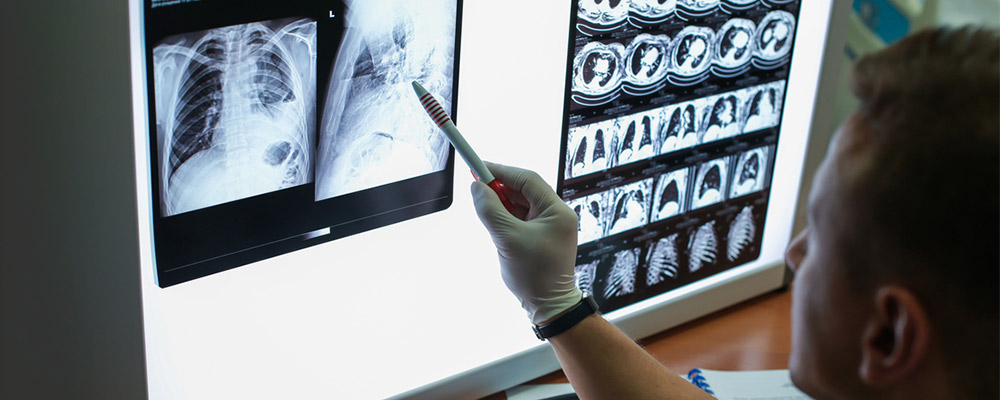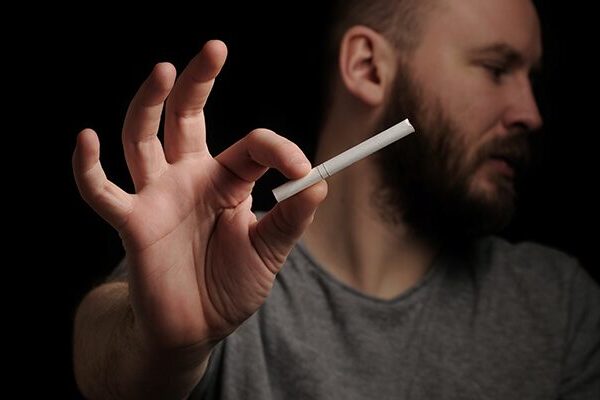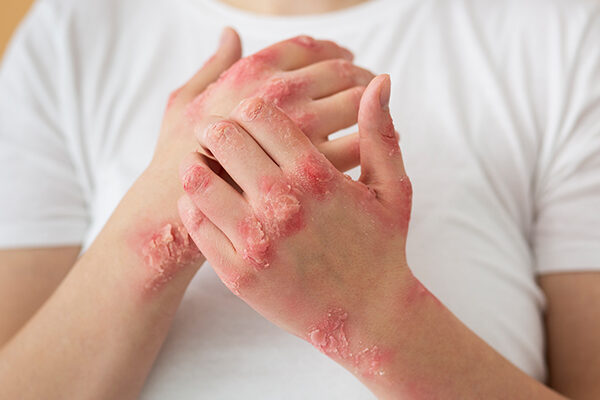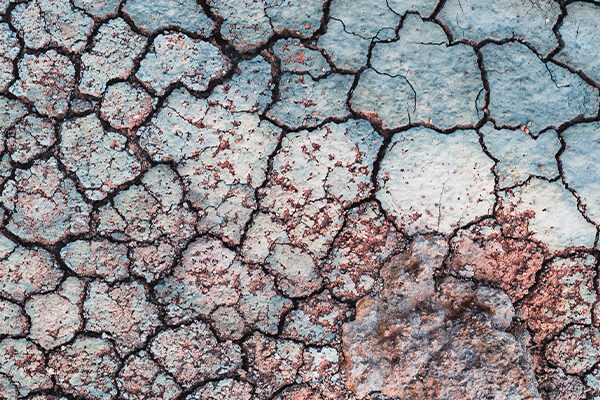Updated on August 29, 2025
Introduction
Chronic obstructive pulmonary disease (COPD) is now among the top 3 causes of death worldwide. It is a progressive narrowing of the airway lining due to inflammation. It makes it hard for us to breathe and produces phlegm. COPD is used as an umbrella term comprising a wide range of manifestations, including emphysema, chronic bronchitis, and refractory asthma.
COPD is a progressive illness primarily affecting middle-aged and older persons with a smoking history. It can become a potentially lethal disease. Choosing the correct treatment, on the other hand, can assist its symptom management.
If an individual is facing difficulty controlling the symptoms of COPD, you should consider looking into Revival Research Institute’s COPD clinical trials.
What are the Types of COPD?
Emphysema:
Develops through damage to an individual’s air sacs (alveoli) in the lungs, which leads to the disintegration of the internal walls and causes them to converge into a single large air sac. This signifies that the person’s lungs have stretched beyond their natural shape, impairing their flexibility. Damaged alveoli limit the ability of the lungs to absorb oxygen. As a result, the air remains in the lungs, and the individual may experience trouble breathing, leading to less oxygen reaching the circulation.
Chronic bronchitis:
Causes the loss of cilia, an essential component, found in an individual’s airways. Cilia are hair-like structures found inside the bronchial tubes, and their primary job is transporting mucus out of the lungs. As a result of chronic bronchitis causing cilia loss, an individual has trouble getting rid of mucus. This causes even more shortness of breath and coughing, which produces even more mucus.
What is a COPD Flare up? How long does a COPD Flare up last?
A COPD flare up happens when your COPD respiratory symptoms worsen significantly. It can persist for 2 days or more and are more acute than usual symptoms. They typically worsen and do not go away. You may need to go to the hospital if you experience an all-out exacerbation. While everyone’s body reacts differently to exacerbations, there are multiple warning signals — an individual may feel as if they can’t catch his breath suddenly.
Exacerbations become more common when your lung function values fall in the advanced stages of COPD. Each time they occur, they may cause permanent, irreparable lung damage, so learning how to lower your risk is critical as COPD is a progressive condition.
COPD Flare up Symptoms
COPD flare ups can have a variety of symptoms, therefore, it is crucial to recognize and categorize them. Some of the common early COPD flare up symptoms include:
- Trouble catching breath
- High-pitched breathing sounds (wheezing)
- Excessive coughing, with more mucus than usual
Other possible COPD flare up symptoms include:
- Not being able to take deep breaths
- Difficulty sleeping
- Morning headaches
- Abdominal pain
- Anxiety
- Swelling of the ankles or legs (edema)
- Gray or pale skin
- Blue or purple lips or nail tips
- Trouble speaking complete sentences
COPD Flare up Causes
Infections such as cold and viral or bacterial lung infections, can increase the chances of flare ups. Other possible causes might include:
- Being around smoke or other contaminants (passive smoking)
- Weather changes
- Excessive physical activity
- Being worn out
COPD Flare up Treatment and Prevention
With appropriate knowledge of COPD flare up treatment and self-care, one can often treat a flare up immediately away. Work with your doctor to develop an action plan for COPD exacerbations so you know what to do.
During a COPD flare up, the following therapies can help restore regular breathing ability:
-
Bronchodilators:
Bronchodilators are usually a part of COPD flare up treatments. They can help open the airway and ease breathing. Some of the most common bronchodilators include albuterol, ipratropium (Atrovent), and levalbuterol (Xopenex).
-
Corticosteroids:
Corticosteroids are anti-inflammatory drugs that help reduce inflammation in the lungs. Prednisone is usually prescribed.
-
Antibiotics:
Excessive mucus production can cause infections and therefore lead to COPD. Research has shown about 50% of the sputum tests are positive for bacterial infections.
-
Oxygen therapy:
One should not hesitate to use oxygen if your healthcare provider recommends it.
Although COPD has no cure, there are various treatments and prevention methods for COPD. If a person suffers from frequent COPD flare ups, one needs to keep a few suggestions in mind:
- Smoking cessation and avoidance of secondhand smoke: The best way to slow damage to your lungs is by avoiding smoking. You should ask your healthcare provider about alternative options. These may range from clinical trials to nicotine gums.
- Medications: Take medications as prescribed without skipping doses.
- Pulmonary rehabilitation: You should learn more about pulmonary rehabilitation. These may include lifestyle changes like exercise, breathing therapies, and dietary tips.
- Regular check-ups: You should see your doctor twice yearly for check or more often if needed.
Since the airway is already narrower in COPD, it is crucial to avoid the cold and flu. As a general prevention, one should:
- Avoid contact with people who have a cold.
- Wash hands or sanitize often. It is a good idea to carry hand sanitizer when you cannot wash your hands.
- Get vaccinated on time and consider getting the flu shot every year.
- Avoid cold air or extreme heat and humidity.
- Minimize air pollution by keeping out fireplace smoke and dust from homes.
Live a healthy lifestyle:
- Lead a healthy and active life. Whenever possible, one should try short walks and lightweight training.
- Take frequent breaks throughout the day. Appropriate rest is important between daily activities to save energy and give your lungs time to cope.
- Eat a healthy diet comprising lean proteins, fish, fruits, and vegetables. It is a good idea to eat several small meals a day and drink plenty of water.
- Avoid liquids with meals. This will reduce your feeling of fullness and help you eat properly. But one should not avoid taking liquids and ensure they remain hydrated throughout the day.
The Takeaway
A COPD flare up can be a distressing situation for many. It can be physically limiting and impact the overall quality of life. COPD symptoms can vary but wheezing, coughing with excessive mucus and difficulty catching breath can be some common symptoms. There are multiple causes leading to COPD flare ups, but bacterial and viral infections are one of the most common findings.
Although COPD has no cure, there are multiple treatment options available that are mainly aimed at symptom management. Revival Research Institute is conducting multiple COPD clinical trials investigating potential treatments that may help manage COPD flare ups.






